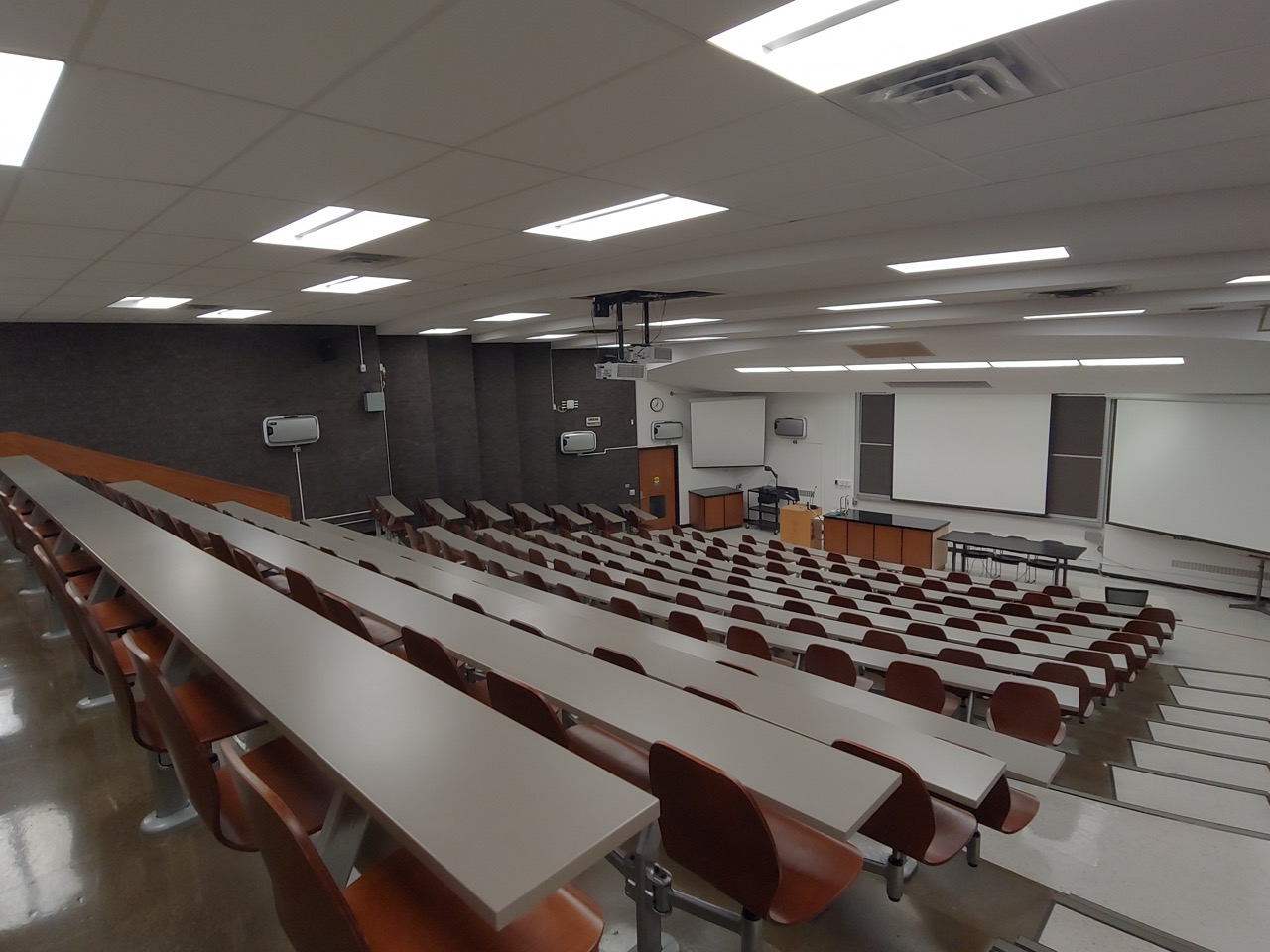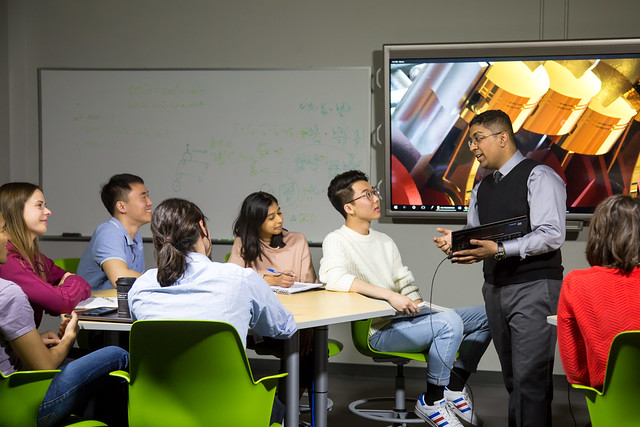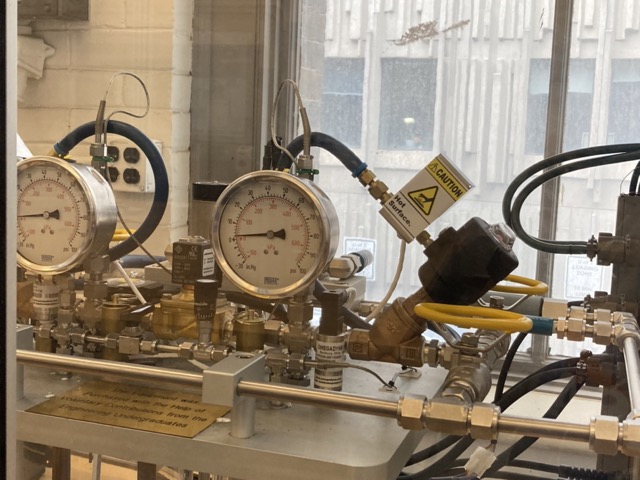Once you’ve received and interpreted your timetable, you may be wondering what you’ll actually be doing throughout your day. This page will teach you about lectures (LEC), tutorials (TUT), practicals (PRA), and office hours – plus what to expect for each one.
Note: Not every course will exactly follow these descriptions. For example, some instructors may encourage more questions during lectures and fewer during tutorials. Make sure to follow the instructions given to you by your instructors. If you would like to learn more about how LECs, TUTs, and PRAs are structured for a particular course, check out the blog post for that course and read the “Week in the Life” section.
Lectures (LEC)
- Instructors: Professors
- Session Length: 1 hour (may be longer in upper years)
- Location: Lecture halls
- Class Size: Around 150-300 students
- Attendance: Highly recommended
- Main Objective: Learn new concepts
In lectures, your professor will introduce you to new material. Your in-lecture experience will vary based on your professor; some prefer writing with chalk on a blackboard while talking (chalk-and-talk), some create PowerPoint slides, and some write digitally using a stylus while projecting to a screen.

It’s important to find what works best for you, but we recommend attending all lectures. Paying attention to what the professor is saying during a live lecture is extremely valuable as it allows you to note what you find important and more effectively retain concepts. You might think you can review a friend’s lecture notes later, but simply attending the lecture more thoroughly teaches you the content (potentially in less time than if you had to self-learn) and keeps you up-to-speed with the rest of the course. Some of your courses will hold graded pop quizzes during lectures. Plus, lectures are a great place to see your classmates, and listening to your professors (who are experts in their respective fields) talk about engineering is both a cool experience and a great privilege!
Tip: if your professor posts slides or template notes beforehand, print or download them before class so that you can make annotations during lecture! Depending on the course or lecture style, you may have to change your notetaking methods. Take this as an opportunity to experiment with what works best for you.
Tutorials (TUT)
- Instructors: Teaching Assistants (TAs)
- Session Length: 1-2 hours
- Location: Classrooms
- Class Size: Typically around 30 students
- Attendance: May be mandatory
- Main Objective: Practice, including completing examples based on lectures, clarifying lecture content, and completing quizzes (for marks)

Tutorials are like a standard high school class of 20-30 students, except instead of learning new content, you’ll practice concepts that were introduced in lecture. Most TAs will use tutorials to go through sample problems, go over complex concepts from class, introduce interesting applications, or just answer your questions.
Tutorials will likely be the time where you’ll write quizzes or hand in problem sets (if applicable). TAs will usually recommend working with your classmates at your table in completing various practice problems and encourage you to share your results with others or seek guidance. Some tutorials will take attendance or hold quizzes that will count towards your grades, so ensure you attend regularly, and come to them prepared.
We very strongly recommend you attend every tutorial. They will help you review and understand concepts, fill in gaps in your knowledge, and give you a lot of experience solving exam-style questions. The TAs are often senior EngScis or master’s students, and are there specifically to help you so take advantage.
Practicals (PRA)
- Instructors: TAs and Lab Coordinators
- Session Length: 3 hours or less (depending on how quickly you finish your work)
- Location: Experimental labs or Computer labs (ECF)
- Class Size: Around 40 students or less
- Attendance: Usually mandatory
- Main Objective: Apply your learning in the real world
The activities during your practicals will heavily depend on the course. For example, practicals for courses such as PHY180 and second-year physics courses will require you to conduct experiments, while practicals for courses like Praxis I, II, and III will often have a similar structure to their tutorial counterparts.

Additionally, some courses will require you to write lab reports based on the experiments or work done during practicals, while others will not. For experiment-based practicals, such as PHY180, the sessions may not be mandatory every week, or you may have mandatory practicals every other week. In these cases, note which weeks are mandatory for you, as this may differ from your peers in the same lecture cohort.
Office hours
- Instructors: Professors and/or TAs
- Session Length: Varies
- Location: Instructor’s office, classrooms or virtual
- Class Size: Varies
- Attendance: Optional
- Main Objective: Ask questions about course material, upcoming exams/assessments, etc.
Office hours are specific times during the week when you can get extra help directly from professors and/or TAs. They are typically held in the instructor’s office or online. These will not be included in your timetable but are set by each course instructors individually. At the beginning of the term, professors will announce office hours that fit into students’ timetables.
Office hours are an underused resource. Not only can you get help with lecture material, but it’s also an opportunity to chat with profs to go beyond the material taught in class, to learn about profs’/TAs’ research to see if there’s something there that interests you for possible future summer jobs, and for profs to get to know you personally so they can one day serve as a reference for you in job applications.
Some instructors host additional office hours right before major assignments, midterms and/or exams. This is especially helpful since the instructors are the ones who make the exams! If nobody has any questions about the material, you can use office hours to speak with your professors about their work and research, which can help you learn more about a certain topic or field that piques your interest (and potentially open the door to some opportunities later on). You will get more information about office hour schedules at the beginning of the semester.
